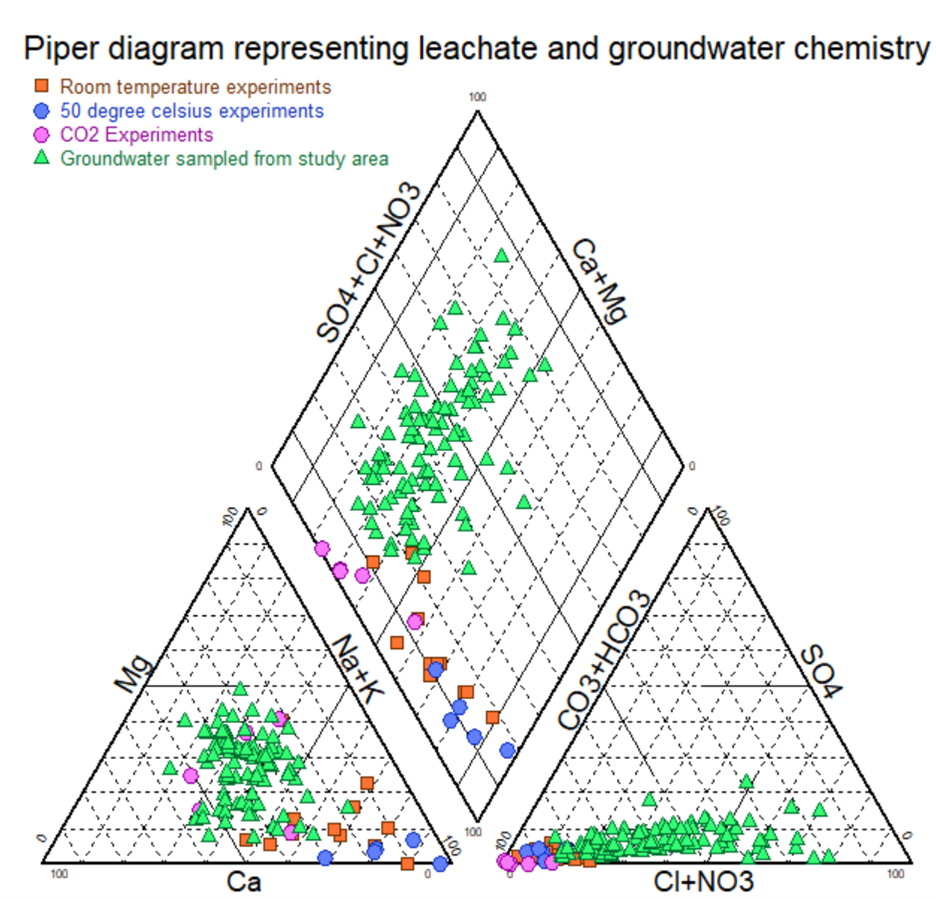
Manure applied on farmlands contaminates groundwater – Study
Manure applied on farmlands to improve crop yields is the cause of high concentrations of nitrate in groundwater in the North-Western Volta River basin of Ghana, a study by a team of scientists in Ghana, Canada and Nigeria have found. The Study, which was conducted in selected agricultural communities in the Upper West
Region, found that organic manure from cattle grazing, open defecation and other sources produced about a third (74 per cent) of nitrate contamination in groundwater in the affected communities (Which is a result of a Bayesian mixing model). Out of about 98 communities featured in the study, the scientists found that nine communities, including Charia, Nyayiri, Sankana, Moyiri, Nadowli, Tampoe, Gball, Jeffisi and Gbelle, all in the Upper West Region, had higher nitrate concentrations in their groundwater.
The scientists found that the nitrate concentration levels in those communities exceeded the World Health Organisation (WHO) limit of 50 milligrams per litre. The WHO has warned that nitrate concentration in drinking water exceeding the acceptable
limit could have serious health implications particularly among infants.

The research was led by Ms Priscilla Lartsey, a PhD candidate at the University of Ghana and an International Atomic Energy Agency (IAEA) fellow, with Université du Québec à Montréal (UQAM). The other scientists that contributed to the study were: Samuel Y. Ganyaglo, Dickson Adomako, Patrick Asamoah Sakyi, Abass Gibrilla, Florent Barbecot, Karine Lefebvre, and Etuk Mary Nsikanabasi.
The Study was sponsored by the IAEA and the Ghana Atomic Energy Commission. The scientists from 2019 embarked on a field campaign to collect groundwater and surface water samples along the Black Volta River in the Upper West region of Ghana.
A set of physical and chemical parameters, such pH, Electrical Conductivity (EC), temperature, alkalinity and Total Dissolved Solids (TDS) were measured on the field.
The samples were collected based on the respective protocols, required for analyses of major ions, stable isotopes of water and stable isotopes of nitrate. Ms Lartsey, the lead researcher, told the Ghana News Agency that if locals continually draw water from wells in the nine communities with high nitrate concentration, their infants may be infected with a condition called methemoglobinemia over a period of time.
Methemoglobinemia is a blood disorder that occurs when there is too much methemoglobin in the blood, which is a form of hemoglobin that can’t carry oxygen. This prevents tissues from getting enough oxygen, which can lead to life-threatening conditions. “Nitrate is known to be an important component of fertilisers and some rocks. This element when found in elevated concentrations beyond the WHO limit can be detrimental to the health and lead to a disease called methemoglobinemia,” she said.
Ms Lartsey recommended the continuous sensitisation of farmers on the appropriate location to carryout agricultural activities to reduce contamination of groundwater resources. “For instance, special ponds should be constructed for cattle grazing away from faulty well
heads to prevent manure from contaminating groundwater directly,” she said.
The scientists said the nitrate contamination of groundwater was mainly found at the discharge areas of groundwater resource, which could be better managed than at the recharge areas or upstream that recorded low levels of nitrate contamination.





